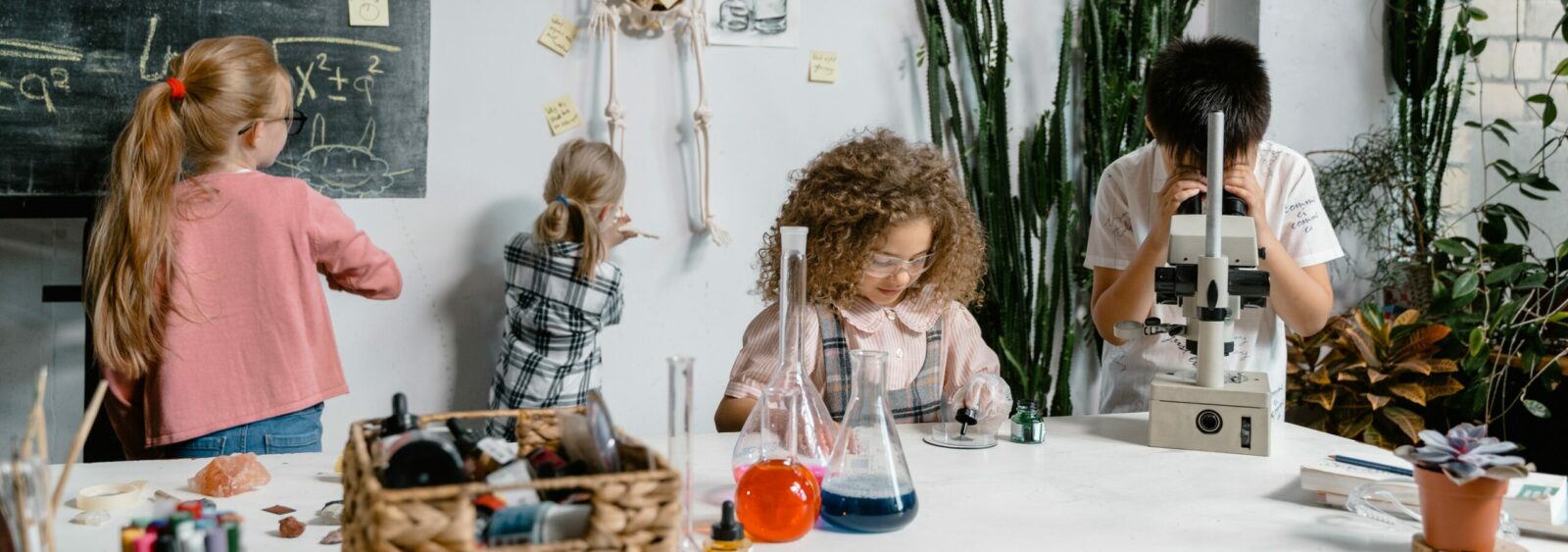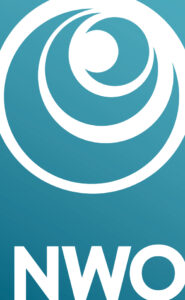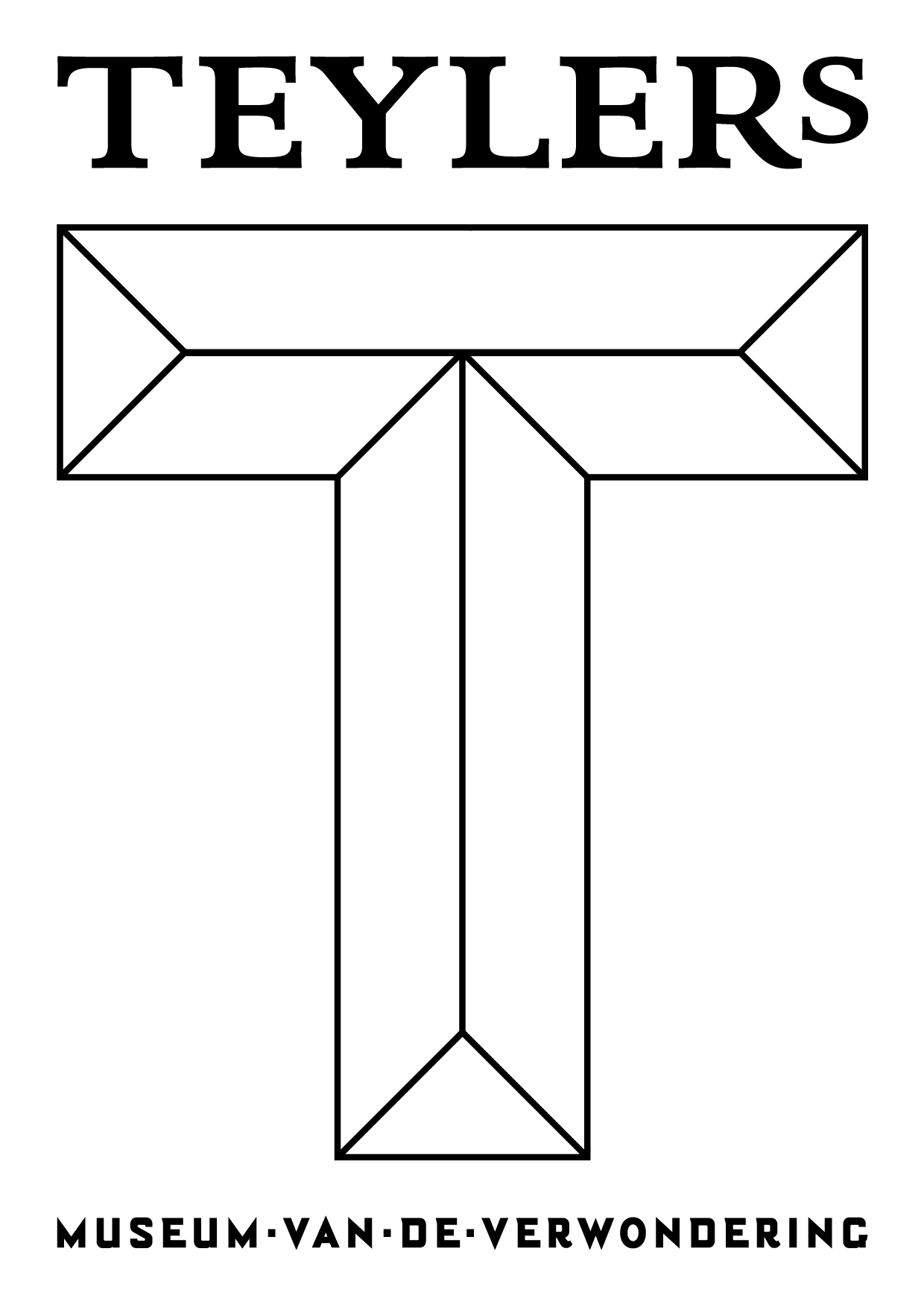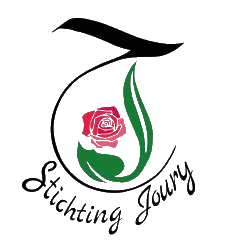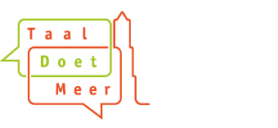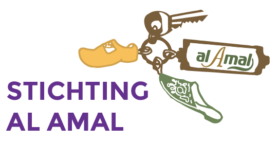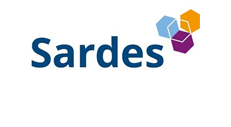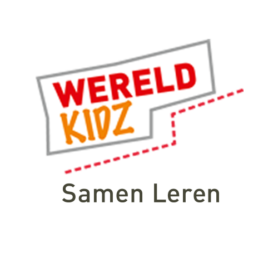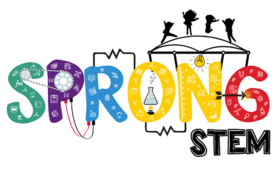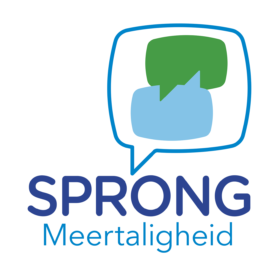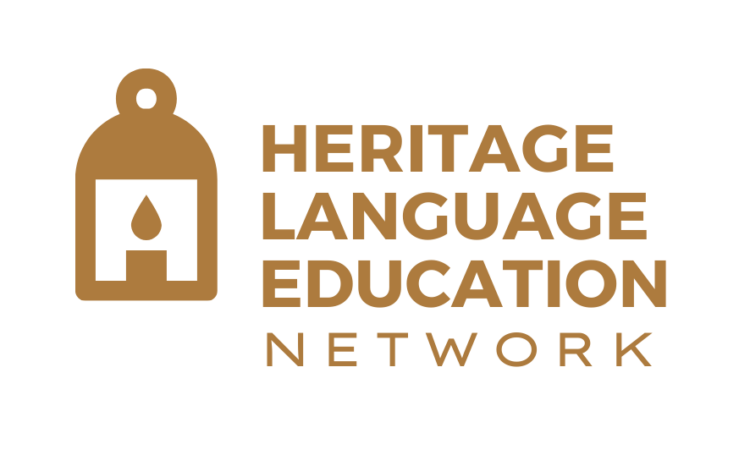Like a waltz of languages: Multilingual students talking about science-related things
At Multi-STEM, we’ve spent the past few years exploring how children from multilingual backgrounds engage with STEM (Science, Technology, Engineering, and Mathematics). We know that learning STEM isn’t just about knowing facts, like what plants need to grow. It’s also about being able to talk about science: sharing observations, asking questions, and explaining ideas with teachers, classmates, and family members. But what happens when a child speaks one language at home and another at school? How does that shape the way they talk about science?
Let’s imagine a simple classroom activity inspired in an example from MacDonald et al. (2025). Your students are learning about plants and flowers. You’ve asked them to bring in a flower from home, and now they’re working in pairs. Each pair shares a home language. One child describes their flower to their partner—who can’t see it—using a labeled diagram with parts of the flower in English. The partner listens and tries to draw the flower based on the description. You’re encouraging students to practice scientific observation and description. But here’s the exciting part: when allowed to use their full linguistic repertoire, multilingual children draw on all the resources available to them. They might describe the flower in their home language: “It has three big petals.” But when it comes to technical terms they’ve learned in class, they might switch to English: “The stem is 4 cm long, a bit shorter than your finger.” If their partner asks, “What is the stem?” the response might be: “It’s the big stick holding the flower!” They might also use more technical words from the diagram, even if those terms are new. Often, educators think that incorporating multiple languages will only add to instruction time and make lessons more complex. However, this example shows the enrichment that can come from it.
For many years, the emphasis in education was on helping students learn and use academic or scientific language as soon as possible. The idea was that mastering this formal language was essential for understanding content. But research is showing us that the line between “everyday” and “academic” language isn’t as clear as we once thought. In fact, real scientists regularly shift between registers in their work, whether they’re writing a research paper, chatting with colleagues, or explaining something to the public. That’s why current thinking in STEM education encourages students to move flexibly between everyday and scientific ways of talking. For multilingual children, this flexibility also includes moving between languages.
In our work, and that of others, we’ve seen how children use different languages in different ways when learning science: with their families, in the classroom, or even at the museum. Allowing students to use their full linguistic resources not only supports their learning—it actually strengthens their ability to use each language or register more effectively over time. So, what does this mean for educators? It means that when we create space for multilingual talk in science learning, we’re not just supporting language development, we’re helping children become confident, capable science thinkers.
-Lucía Chisari | PhD researcher, Subproject ‘Science museums’.
Currently, this blog is only available in English and Dutch. To read it in another language we recommend using the translation tool DeepL.com.
References
Buxton, C. A., & Lee, O. (2023). Multilingual learners in science education. In: Lederman, N. G., Zeidler, D. L., Lederman, J. S. (Eds.) (pp. 291-324), Handbook of Research on Science Education, vol III. Routledge.
Karlsson, A., Nygård Larsson, P., Jakobsson, A. (2021). Students’ Multilingual Negotiations of Science in Third Space. In: Jakobsson, A., Nygård Larsson, P., Karlsson, A. (Eds.) (pp. 119-141), Translanguaging in Science Education. Sociocultural Explorations of Science Education, vol 27. Springer.
MacDonald, E. G., Bakker, A., van de Weijer-Bergsma, E., & Blom, E. (2025). Promoting caregiver engagement processes through the codesign of translanguaging mathematics activities. Educational Studies in Mathematics, 1-22.
